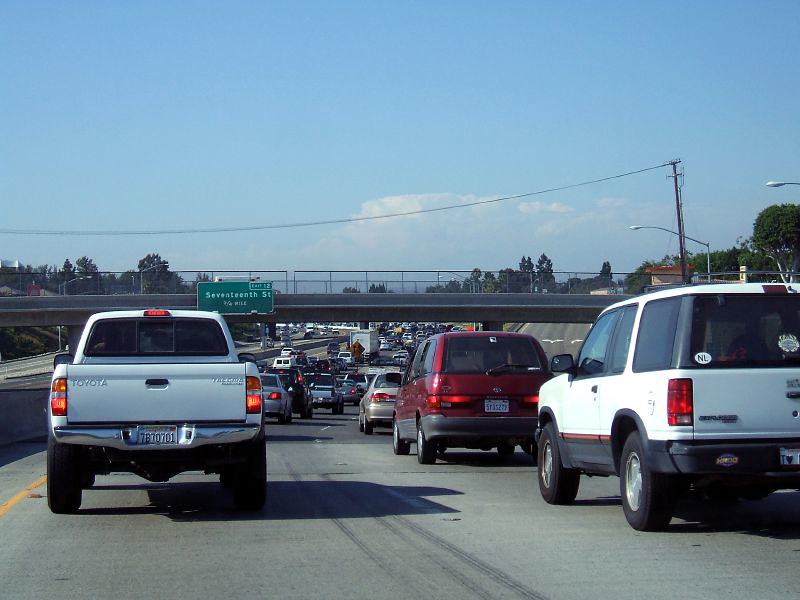Planning for Traffic: How “Junk Science” Harms Our Cities

Traffic impact analyses are an important feature of US land-use regulation. In theory, they estimate how much car and truck traffic might be generated by new homes or businesses, allowing regulators to charge developers the fees and other concessions necessary to mitigate their impact on public infrastructure.
Yet, as pointed out in Are Traffic Studies “Junk Science” That Don’t Belong in Court? in the Journal of the American Planning Association, these studies are only a step above “junk science,” potentially leading to poor planning outcomes.
Key takeaways:
- Transportation impact analyses (TIAs) are often used to estimate traffic and provide the legal basis for mandating costly traffic management measures.
- Yet TIAs are often based on “junk science,” depending on out-of-date data and questionable assumptions, and have increasingly fallen out of favor with planning professionals.
- Courts should approach such analyses with higher critical scrutiny, especially where TIAs are being used to justify the denial of new housing, or lead to costly infrastructure upgrades.
When a new building is proposed in California, the first question you can expect to be asked is: “How much traffic will this generate?” It’s not an unfair question. Nor is it unfair to expect that a new development take measures to mitigate the impacts it causes.
At the same time, courts are rightfully skeptical of local governments making demands of new development without showing substantial evidence of an impact. Thus, to make traffic management demands defensible, cities often require the completion of a TIA to ascertain likely traffic levels and necessary mitigation measures.
There’s just one problem: these studies are often junk. Many studies default to standards established by the Institute of Transportation Engineers’ Trip Generation Manual. Their sample sizes are often small, old, and taken from unrepresentative contexts, producing poor measures of traffic generation.1
Worse yet, these analyses often assume that new traffic must be fully accommodated, rather than managing transportation infrastructure to reduce or otherwise mitigate the increase in traffic.2
Recognizing these issues, many cities have moved to models that consider local conditions and alternative means of transportation.
This raises legal issues for TIAs: if planners and practitioners don’t trust them, why should courts trust these analyses to provide the basis for either denying development, or requiring costly infrastructure upgrades? While most courts have largely turned a blind eye to mounting criticism, the authors suggest this may not be the case for long.
If nothing else, the higher preponderance of evidence standard set by AB 2097—which removed parking requirements near transit unless cities could prove a paring impact—should prompt the courts to seriously contend with the quality of such studies.
1. As Donald Shoup is wont to point out, the same is true of ITE’s Parking Generation Manual, which often makes proclamations concerning the appropriate amount of parking based on as few as two observations.
2. For example, many of these analyses are often used to make the case for road widenings—which may actually worsen traffic—rather than mitigation measures, such as reducing the amount of vehicular parking or hosting an on-site bus shelter.
Flickr photo of traffic on the 55 freeway in Tustin by Daniel R. Blume